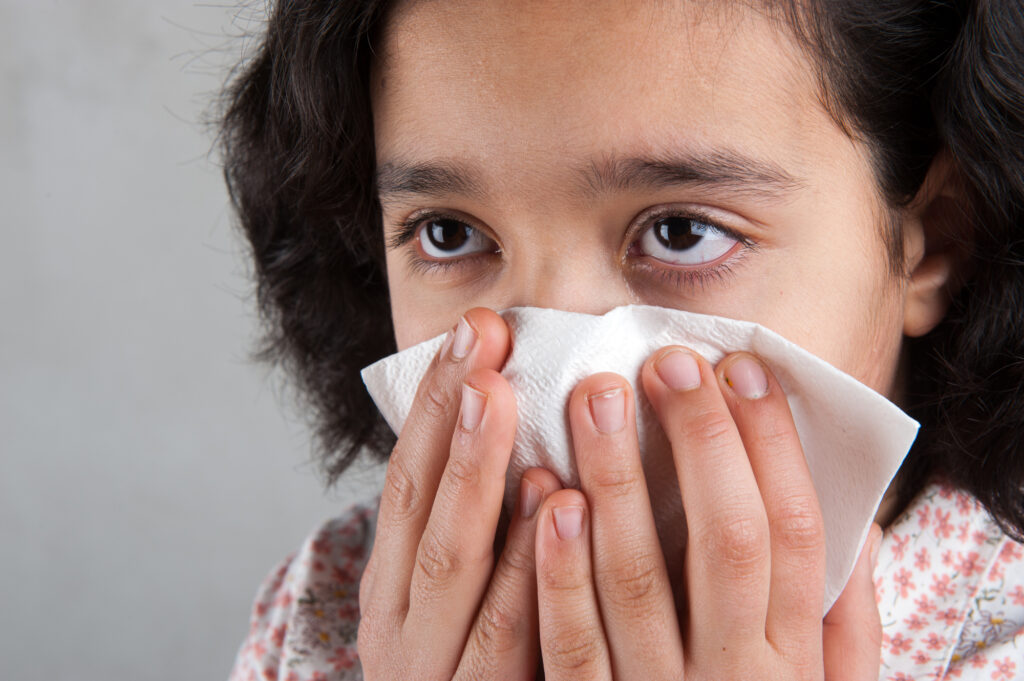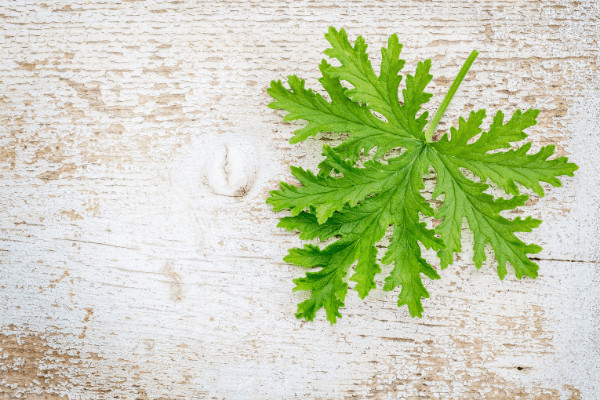Seasonal allergies can make summer a challenging time for children, leaving them with sneezing fits, itchy eyes, and nasal congestion. These allergies are often triggered by environmental elements like pollen, mold spores, and dust mites, which tend to be more prevalent during the warmer months. For parents, finding ways to reduce their child’s exposure to allergens can greatly improve their comfort.
Luckily, there are several strategies to minimize the impact of allergens and keep children enjoying the summer season without disruption.
1. Keep Windows Closed on High Pollen Days
It’s tempting to open windows and let in the fresh summer air, but doing so can also invite pollen into the home. During high pollen days, which you can track using online tools or weather apps, it’s best to keep windows and doors shut. Preventing allergens from entering the home helps create a safe space where children can relax without triggering their symptoms.
Instead of relying on open windows for air circulation, use air conditioning to cool your home. Air conditioning units help filter out outdoor irritants, keeping the air inside cleaner. If possible, use filters specifically designed to trap allergens for an added layer of protection.
2. Improve Indoor Air Quality
The air quality inside your home plays a crucial role in preventing seasonal allergies. Homes with poor air circulation can trap allergens like pollen, dust, and pet dander. Ensuring proper ventilation is essential. This includes checking that your home’s roof ventilation is functioning well, as it helps promote airflow and reduces moisture buildup. When moisture is left unchecked, it can lead to mold growth, which can worsen allergy symptoms.
Moreover, using an air purifier equipped with a HEPA filter can significantly reduce the number of allergens floating in the air. Regularly changing the filters in your air conditioning system also helps keep indoor air quality at its best.
3. Bathe and Change Clothes After Outdoor Activities
Children love playing outside, but outdoor activities can lead to unwanted exposure to allergens like grass pollen. When kids come inside after playing, these particles often cling to their skin, hair, and clothing. One of the simplest ways to prevent allergens from spreading indoors is to have children take a bath or shower as soon as they come inside.
Changing into fresh clothes immediately also makes a difference. Set up a routine to place worn clothes in the laundry right away, especially if your child has been playing on grassy fields or in parks. This habit can minimize the amount of pollen and dust entering your living spaces.
4. Regularly Wash Bedding and Stuffed Toys
Bedding and stuffed toys can quickly become breeding grounds for allergens like dust mites and pollen. Since children often spend a lot of time with these items, it’s essential to wash them regularly to prevent allergen buildup. Use hot water for washing sheets, pillowcases, and blankets, as this helps kill dust mites and remove pollen particles effectively.
In addition to frequent washing, consider using dust-mite-proof covers on pillows and mattresses. These covers provide an extra layer of protection by preventing allergens from penetrating bedding materials. This simple step can make a noticeable difference in controlling symptoms.
5. Use Allergy-Friendly Cleaning Products
Many cleaning products contain chemicals or fragrances that can irritate children’s allergies, even if they are intended to keep your home spotless. Opt for hypoallergenic or fragrance-free cleaners to avoid triggering allergic reactions. Wiping down surfaces regularly with mild, allergy-safe products can reduce the accumulation of dust and pollen indoors.
Vacuuming is also essential, especially if your home has carpets or rugs that can trap allergens. Use a vacuum cleaner with a HEPA filter to ensure better allergen removal. Cleaning the home thoroughly, but with gentle products, helps maintain a healthy environment for children prone to allergies.
6. Limit Outdoor Activities During Peak Allergy Hours
Timing outdoor play can make a significant difference for children with seasonal allergies. Pollen levels are typically highest in the early morning and late afternoon. Encouraging children to play outside during midday or in the evening when pollen counts are lower can help minimize exposure. Keeping track of daily pollen forecasts is a simple way to stay informed and adjust outdoor activities accordingly.
If your child needs to be outdoors during peak hours, consider using sunglasses to protect their eyes from airborne allergens. You can also have them wear a hat to prevent pollen from settling on their hair, reducing the risk of bringing allergens indoors later.
7. Keep Pets Clean and Groomed
Pets that spend time outside can carry allergens into the home, even if they don’t suffer from allergies themselves. Fur can trap pollen, dust, and other irritants, transferring them to indoor surfaces. To prevent this, regularly bathe and groom your pets during allergy season.
Brushing your pets outside the house helps reduce the amount of loose fur and allergens inside. It’s also a good idea to keep pets off beds and furniture where children spend time. This can limit allergen exposure and keep symptoms under control.
8. Use Medication as Directed by a Doctor
In some cases, lifestyle changes may not be enough to manage allergy symptoms. If your child’s allergies persist, it’s important to consult their pediatrician. Over-the-counter antihistamines or prescribed medications can provide relief when used appropriately. However, it’s essential to follow the doctor’s instructions closely to ensure the medications are effective and safe.
Allergy medications often work best when taken before exposure to allergens, so planning ahead is key. Whether your child needs a nasal spray, eye drops, or oral medication, having a plan in place ensures their symptoms remain under control throughout the summer.
In conclusion, preventing seasonal allergies in children requires a combination of good habits and thoughtful planning. Simple steps can make a big difference in how your child experiences the summer. By staying proactive and monitoring their symptoms, you can help them enjoy the season with fewer disruptions and more comfort.





